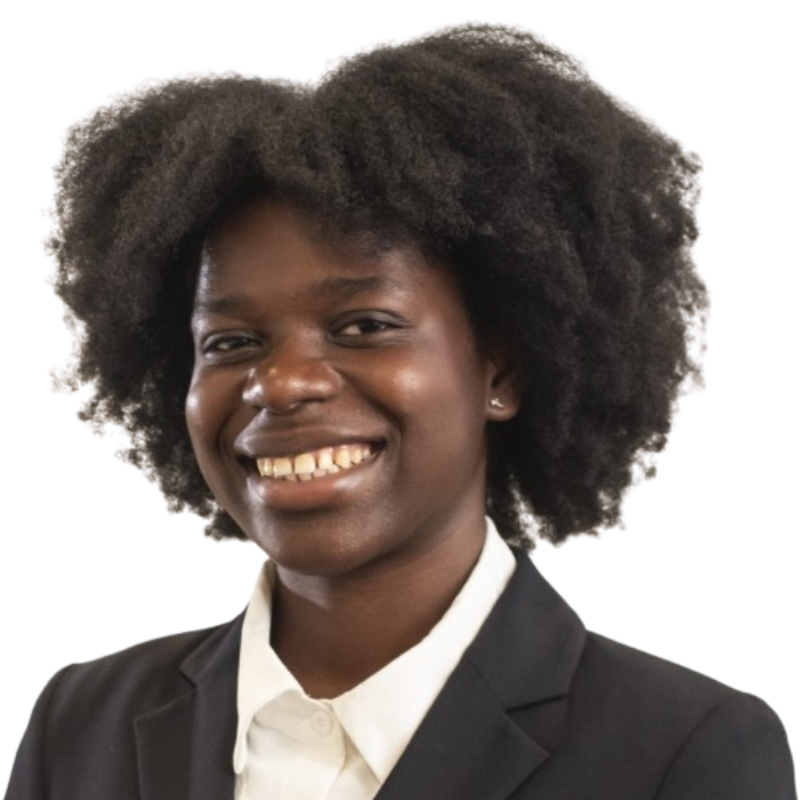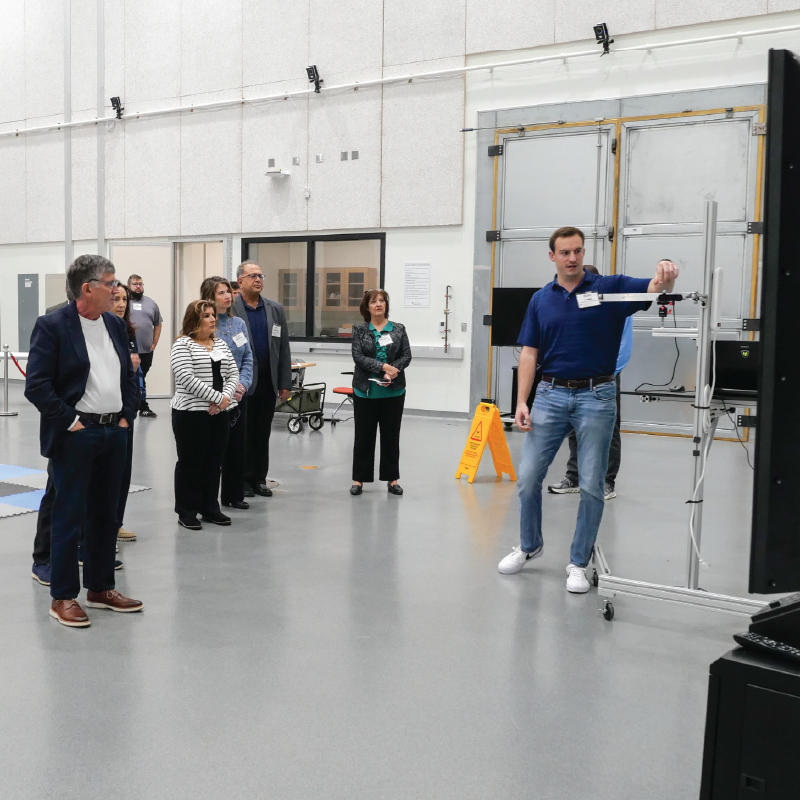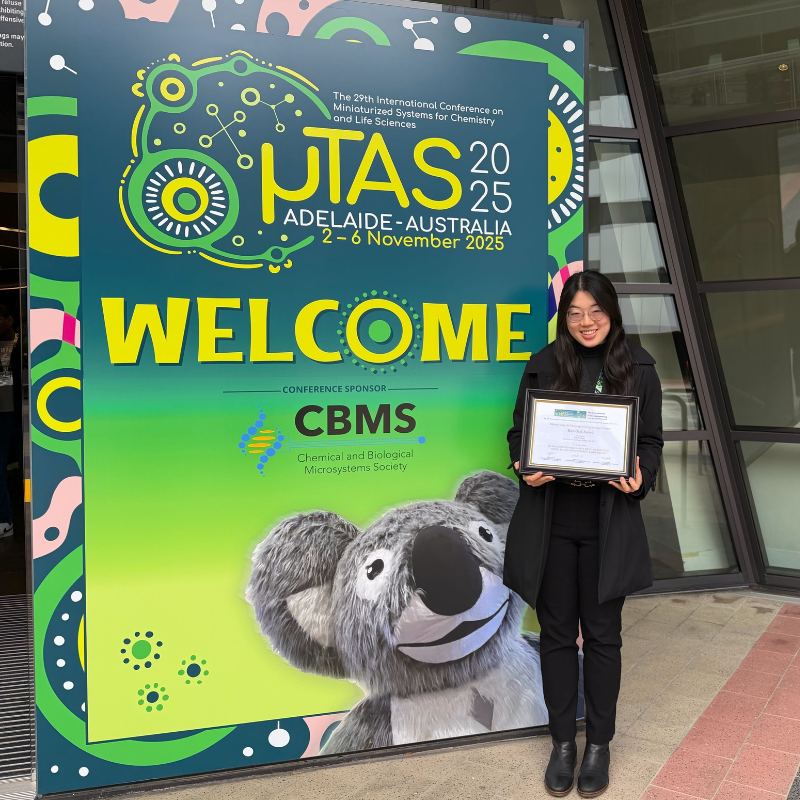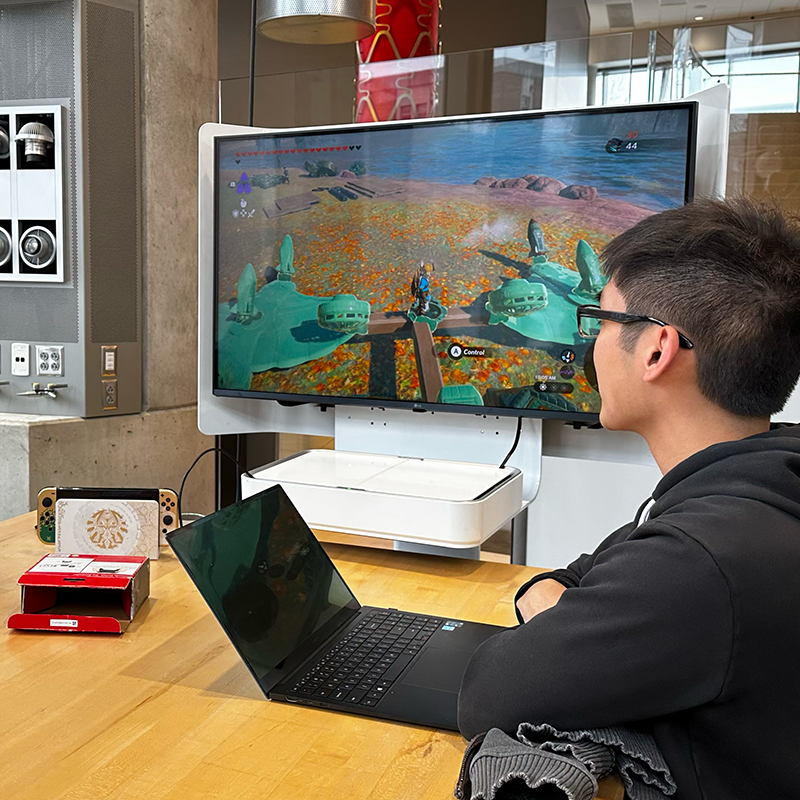News Story
Seven Students Win 2021 Dean's Research Awards
The University of Maryland's A. James Clark School of Engineering has announced the winners of the 2021 Dean's Doctoral Student Research Awards. The competition recognizes distinguished graduate student researchers in order to help propel their careers and demonstrate the value of high-quality engineering research. Student entries were judged by members of advisory boards in department-level and final college-level competitions. Winners are listed below.
Doctoral Research
1st Prize: Justine Yu
Advisor: Dr. John P. Fisher
Project Title: A Nanocomposite Hydrogel for Stromal Cell-Derived Factor-1 Alpha Delivery and Modulation of Macrophage Phenotype for Skin Tissue Regeneration
Chronic, non-healing skin wounds arising as a sequela of underlying disease are often difficult to treat clinically, susceptible to infection, and may severely reduce a patient’s quality of life. Tissue engineered constructs may be employed to aid in wound closure and skin regeneration, but no single skin substitute is currently capable of fully restoring normal skin structure and physiological function. One critical factor directing wound healing progression and the resulting functional outcome is the host inflammatory response. Circulating monocytes migrate to wound sites and differentiate into macrophages, which further polarize to pro- or anti-inflammatory phenotypes depending on microenvironmental properties including extracellular matrix composition and local cytokine gradients. In chronic wounds, polarization is predominantly pro-inflammatory, resulting in the secretion of cytokines that impede healing. Studies have identified stromal cell-derived factor-1 alpha (SDF-1α) as a potent chemokine that recruits mesenchymal stem cells (MSCs) and macrophages, modulating their phenotype to promote the secretion of anti-inflammatory cytokines. We endeavor to fabricate a tissue engineered hydrogel-based biomaterial that can sustain the release of SDF-1α to initiate pro-healing effects at chronic wound sites. The findings gathered from this research detail the successful development and in vivo testing of a nanocomposite hydrogel delivery system for immunomodulatory and wound healing applications, which may support the future development of clinical wound dressings, skin substitutes, and other immune-informed strategies for tissue regeneration applications.
2nd Prize: Joshua Kulasingham
Advisor: Dr. Jonathan Z. Simon
Project Title: Time-Locked Cortical Processing of Speech in Complex Environments
Speech signals have rich spectro-temporal properties and require rapid processing mechanisms in order to result in comprehension. Yet, our brains are capable of performing this task with ease, even in complex environments. This research explores the cortical mechanisms involved in neural speech processing using Magnetoencephalography (MEG), which non-invasively measures the magnetic fields that arise from neural activity. Spatio-temporal models of time-locked cortical responses called Temporal Response Functions (TRFs) were estimated from MEG measurements recorded from subjects listening to speech. In this work, TRF analysis revealed insights into the neural representations of high frequency fluctuations in speech signals. Additionally, MEG responses to spoken sentences and equations revealed distinct neural patterns of high-level cortical processing of language and arithmetic. Investigating these neural mechanisms could lead to a better understanding of human cognition, language comprehension, and hearing and speech impairments.
3rd Prize: Mei Wang
Advisor: Dr. Taylor Woehl
Project Title: Probing Kinetic Processes of Metallic Nanocrystal Formation with Liquid Phase Transmission Electron Microscopy
Metallic nanocrystals are pervasive in our lives, but rational control over their synthesis for specific applications is difficult due to a lack of understanding of their complex formation mechanisms. With liquid phase transmission electron microscopy (LP-TEM), the formation processes of individual metallic nanocrystals can be visualized in liquids at nanometer scale in real time. Compared to conventional TEM where the electron beam only serves as an imaging tool, the electron beam in LP-TEM also serves as the reducing agent of metal precursor to form nanocrystals. Through systematic LP-TEM experiments, we have uncovered the effects of electron beam chemistry on the nucleation and growth kinetics of nanocrystals through scaling and reaction kinetic models. These LP-TEM experiments provided a direct calibration of electron beam chemistry and related the microscope parameters to the chemical reactions involved in nanocrystal synthesis. Furthermore, we demonstrated the synthesis of alloyed nanocrystal by LP-TEM with similar composition and structure as nanocrystals synthesized by wet chemistry and successfully identified the formation pathways. These results provide important guidance in the synthesis of metallic nanomaterials with desired shape and structure.
Honorable Mention: Adelaide Nolan
Advisor: Dr. Yifei Mo
Project Title: Computational Study of Solid-Cathode Interfaces and Coatings for Li-Ion Batteries
Li-Ion batteries suffer from safety problems largely due to the liquid electrolyte, which is flammable. In my thesis, I performed first-principles computation and analysis of coating layer materials to enable solid electrolytes and high-energy cathodes for all-solid-state batteries, which have the potential for improved safety and high energy density. I found trends in coating layer stability with high voltage cathodes and garnet solid electrolyte, identified several classes of materials for investigation experimentally as coating layers in these high energy all-solid-state batteries, and revealed insights on how to improve the lithium-ion transport and diffusivity in a selected promising coating layer.
Master's Research
1st Prize: Caitlyn Singam
Advisor: Dr. Anthony Ephremides
Project Title: Signal Routing Optimization for Disruption-tolerant Networks
Anyone who has struggled to connect to the university WiFi system is undoubtedly familiar with the hurdles they face in maintaining a reliable connection. Signal loss due to obstructions, degradation of signal, noise, etc., contribute to the challenge of maintaining a stable communication link. What if we could channel the desire to throw our laptop across the room into developing a strategy that would allow our trusty computer that we’ve saved from near death to autonomously find the most reliable means of communication? What if, instead of campus WiFi and errant laptops, our network involved satellites in deep space with all its attendant challenges? My M.Sc. thesis project developed a new approach to identifying the best path(s) for information to be sent through a noisy network, in order to maximize the likelihood that transmitted messages would be received intact and on time by the intended recipient. As part of my research, I compared my methodology against other "gold standard" approaches advocated for by major space agencies, and was able to demonstrate that it gave a considerable performance advantage.
2nd Prize: Camila Correa Jullian
Advisor: Dr. Katrina Groth
Project Title: Data Requirements to Enable PHM for Liquid Hydrogen Storage Systems from a Risk Assessment Perspective
Hydrogen fueling stations are critical distribution infrastructure for the deployment and market participation of hydrogen-powered vehicles. Currently, the lack of reliability data hinders the development of necessary rigorous safety codes and standards for fueling stations equipped with liquid hydrogen (LH2) storage systems. Prognostics and Health Management (PHM) emerges as an alternative to support Quantitative Risk Assessment (QRA) methods for the development of these risk-informed codes and standards. This work consists of the analysis of a LH2 storage system design through the use of FMEA and QRA modeling tools to identify, rank, and model risk scenarios related to the release of LH2. Reliability data requirements specific to LH2 related components for QRA are identified, as well as condition-monitoring data sources for PHM in major components of the system. Key aspects of PHM applications are addressed, focusing on the relationship between data availability and diagnostic/prognostic capabilities, potential challenges, and integration schemes to current QRAs. The main outcomes of this research are the introduction of PHM frameworks as a reliability tool to address hydrogen station failures and hazards, establishing the foundational needs for designing new failure data collection frameworks in hydrogen QRA, and presenting an assessment of QRA and PHM techniques as risk mitigation measures with potential long-term implications for improving safety codes and standards in hydrogen systems.
Honorable Mention: Casey Beyers
Advisor: Dr. Alireza Khaligh
Project Title: A Comparison of the Resonant and Non-resonant Dual Active Bridge Topologies for Single Phase Microinverters
In the commonly adopted non-resonant version of the dual active bridge-based DC-AC microinverter topology, the half-bridge (HB) capacitors are large to ensure an inductive tank circuit. This thesis explores performance implications of the resonant version of the circuit with reduced HB capacitances, and compares it with the non-resonant version. Modeling through multiple harmonic frequency domain analysis was leveraged to conduct design optimization of the impedance network parameters with varying resonant frequencies. A comparison between resonant and non-resonant designs was facilitated by developing two figures of merit relating to converter losses namely conduction loss factor (CLF) and switching loss factor (SLF). It was found that the CLF in resonant designs can be reduced compared to non-resonant designs, while both cases support near minimization of SLF, hence the efficiency can be slightly improved with resonant designs. More importantly, the reduction in the capacitance value enables reduced volumetric contributions, enhancing achievable power density.
Published August 3, 2021









